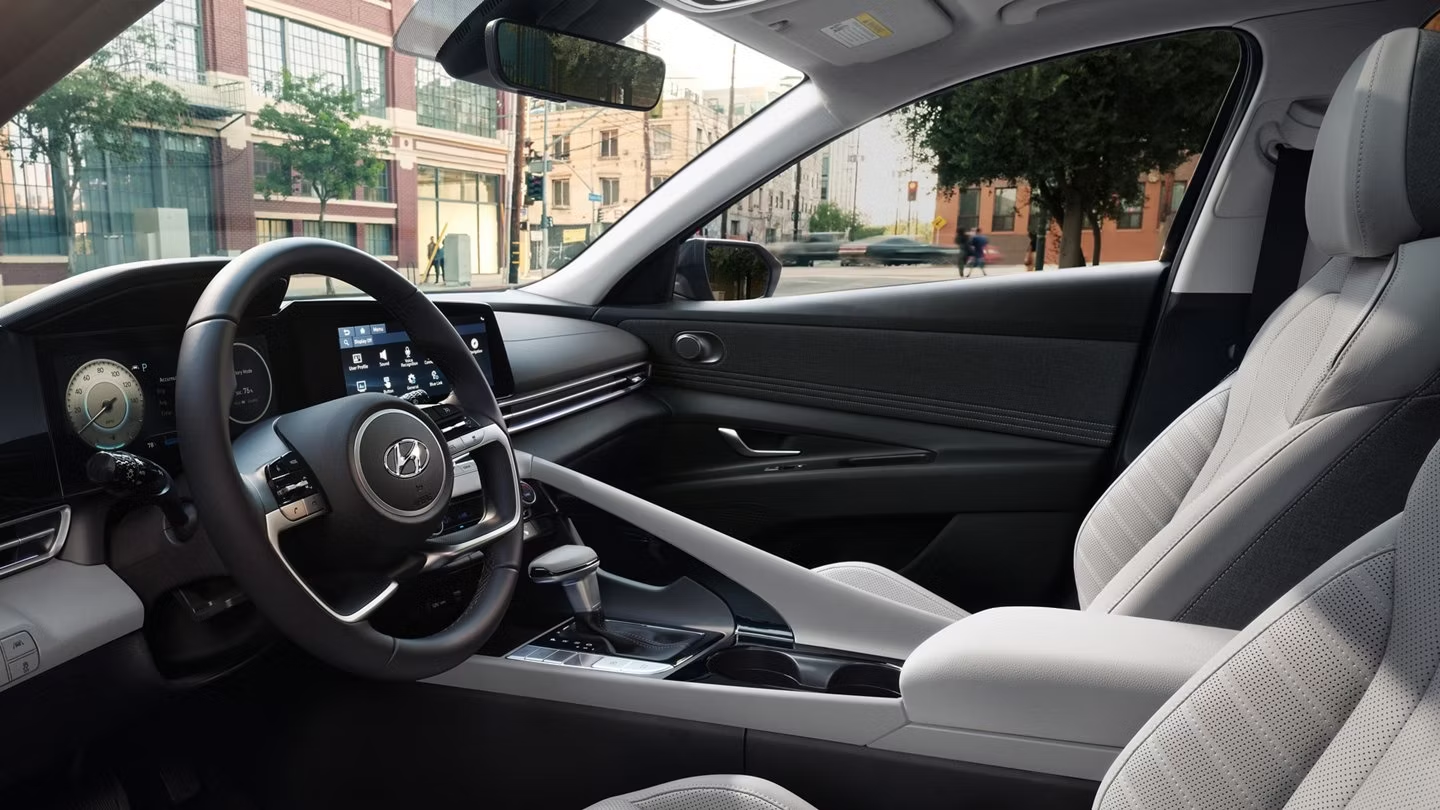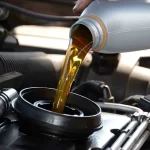
The auto parts industry provides parts, components and systems to the world’s car and truck manufacturers. These suppliers operate across the globe.
Independent parts retailers range from small, one-location operations to nationwide networks like Genuine Parts, AutoZone, Advance Auto Parts and CSK Auto. They sell to consumers, repair shops and commercial installers such as gas stations, fleet operators and car dealer service departments alike.
Front Suspension
Your car’s front suspension works in tandem with its tyres to absorb bumps and imperfections on the road, providing comfort while giving you enough contact with it for safe driving.
It’s essential to comprehend how the springs in your car work so you can detect issues before they get worse. When driving over bumps, the springs will expand and contract in order to absorb movement.
Shock absorbers are hydraulic oil-filled cylinders that compress and decompress at a steady rate, keeping your springs from bouncing around too much.
They’re velocity-sensitive, meaning they become smoother when bumped over light obstacles and more resistant when faced with large ones.
Another essential aspect of suspension design is caster angle. This determines how much self-correction a wheel does under load, and if set too high will make your front end more prone to oversteering; conversely, low casters will make steering less responsive.
Rear Suspension
A well-tuned suspension system will absorb bumps and other road imperfections, enabling you to drive safely. It also keeps your tires on the ground during acceleration, braking and turning, making it simpler to maneuver the vehicle.
There are various types of rear suspensions. Generally, they can be divided into dependent and independent systems.
Dependent systems link the left and right wheels together via a solid axle. When one wheel moves up or down, it causes the other to follow suit.
These systems are commonly found in trucks and rugged SUVs.
The rear suspension system must locate the axle assembly beneath a vehicle, control pinion angle during acceleration and braking, and manage body roll in all conditions. It also determines rear roll center, anti-squa percentage, instant center of rotation, and side-view swing arm length (SVSA).
Fuel Tank
The fuel tank is an integral element of your vehicle’s fuel system. It stores both gasoline and diesel, delivering them to the engine through fuel lines.
The tank must be constructed from materials capable of withstanding everyday use as well as various weather conditions. Furthermore, it should be easy to inspect and maintain as required.
Fuel tanks can be made out of metal or plastic. Plastic is the more common choice, as it can be molded into various shapes and sizes through the blow molding process.
Metal tanks can also be constructed by welding stamped sheetmetal parts together. These types of tanks tend to be stronger than their blow molded counterparts and won’t crack due to environmental stress as easily.
Tires
Tires are pneumatically inflated rubber structures that provide cushioning and shock absorption to automobile wheels. They also transmit traction and braking forces onto the road surface, absorb road shocks, and alter or maintain direction of travel.
A typical tire is composed of two major elements: tread and sidewall. The tread is composed of rubber compound, while the sidewall serves to protect the sides of the tires from curbs or other road obstacles.
The inner-liner is a thin layer of rubber that traps air inside the tire, usually made from synthetic rubber.
Plies are the structural parts of a tire that support its body skeleton. Commonly made up of polyester, rayon or nylon cords within an outer rubber layer, plies provide support to keep tires rolling smoothly and safely.
Belts are the interlayers between plies and tread, adding strength to a tire.
Tires are made by mixing together ingredients into a “goo,” which then gets heated and molded into various parts. Parts of the production process involve human hands while others rely on computer-controlled processes.











